Content:
Arzhentelskaya asparagus (asparagus) has won over European and Russian farmers with its unpretentiousness, frost resistance and excellent taste. The plant is rich in folic acid, potassium, sodium, magnesium, phosphorus, manganese, copper, iron, thiamine, beta-carotene, choline. A bush can grow about 1.5 meters. Asparagus (as it is sometimes also called) belongs to the category of dioecious plants. Male flowers have pollen, while female flowers have red berries.
Agrotechnical features of the crop
The top part of the asparagus is valuable in terms of consumption. The most nutritious part is 20 cm of the top. It is used all over the world as a delicacy. The asparagus bush germinates well and can produce useful fruits in the same place for more than 20-25 years. You can harvest from bushes that have already reached the age of three.
The plant loves the area, clean of weeds and other vegetable crops, greenery. Its description in professional agrarian literature makes it clear that the most successful area will be open to sunlight. There will be no good harvest if the plant is planted in the shade. A plant is sown or planted in open sandy loam soil in spring, summer or already in autumn.
Plant propagation
The easiest way to propagate a plant is by dividing the bush. Such work can be carried out at any time of the year, except for winter. As a rule, caring owners carry out separation during transplantation. If the plant is still young, then the variety needs to be replanted annually, if it has already grown, - every 8-10 years.
One dug out rhizome can be divided into 2-3 parts and planted in the desired fresh place.
A proven option is grafting. Cutting cuttings is allowed in plants that are more than 3 years old. Experienced farmers call the best period for this work March-July. In order for the asparagus to start, the cuttings are planted in warm, moist sand, and covered with a jar or half of a plastic bottle on top. From time to time you need to air the cuttings. Rooting occurs in about 30-45 days. Then the seedling is transplanted into a pot of the appropriate shape.
You can also use the third way to make Arzhentelskaya asparagus appear on the table - growing from seeds. You can buy them through the online store or in specialized stores.
How to sow asparagus
The best period to grow asparagus is April. The ground is already warm enough and well hydrated.
At least 2 days before the sowing date, the seeds should be immersed in warm water. If desired, a plant growth stimulator can also be added there.
Separately, you need to prepare the soil. It is better if it consists of garden soil, manure and sand. Everything must be taken in equal proportions, and the land - twice as much. The prepared soil is moistened with water from a spray bottle, and then the seeds are sown. They should be at least 1 cm deep. The distance between future bushes should be 5 cm.
Seedling care
Small bushes (seedlings) can be seen in a month.However, for their further transplant, July should come. Do not overly interfere with the life of the bushes. The only thing they need early on is timely watering. The surface must not be allowed to dry.
However, Korolevsky, like all other varieties of asparagus, does not tolerate stagnant water. After about 20-30 days from the moment the shoots appear, you can feed them. The best option during this period will be mullein diluted with water (in a ratio of 1: 5).
How to plant seedlings
Soil preparation
Having decided to grow asparagus in your summer cottage, you must first prepare the soil. This process depends on the disembarkation period. So, in the spring it is better to add humus to the garden soil. For 1 sq. M. you will need about 10 kg of such fertilizer.
If planting is planned for the fall, then the best option would be to recharge the soil with such substances:
- potassium sulfate (30-35 g);
- superphosphate (60-65 g);
- ammonium sulfate (20-22 g.).
The site should be dug up as efficiently as possible. Asparagus Tsarskaya loves loose soil, which allows oxygen to pass through well.
Disembarkation process
In both spring and autumn, the plant is planted in a trench and carefully sprinkled with prepared soil. At the bottom of the trench, the roots should be well spread. In the ground, the plant should be placed at a depth of about 25-30 cm. In the spring, it should be planted in such a way that a small depression forms at the trunk. This makes it much easier to add asparagus.
They do not do this in autumn, but, on the contrary, make a small mound for better protection of the roots from the cold. The distance between the rows should not be less than 60 cm, and between the bushes themselves in a row - 30 cm.
After planting, the bushes need to be watered well.
Plant care
Watering
To plant asparagus to bear fruit, you need to properly care for the plant.
A prerequisite is proper pouring. The frequency of pouring and the volume must be adjusted according to the air temperature and humidity. It is impossible in any case to allow excessive stagnation of the plant in water. In this case, the roots will quickly begin to rot.
After the plant is 3 years old, it will need to be watered only during the dry season. At other times, the plant is quite capable of providing itself with moisture, thanks to its strong root system.
Top dressing
The first time is in the spring or in the first half of summer. The best option for this is fermented herb. It will provide the plant with enough nitrogen. For large bushes, you can do this feeding 1 time, for smaller ones - in small portions, but several times. It will be beneficial if you sprinkle the earth with ash on top - this material is rich in phosphorus and potassium.
After harvesting in mid or late July, you can “thank” the plant for a good harvest by feeding it from bird droppings diluted with water (1:10).
The last top dressing is in late autumn. On the eve of frost, plant growth has to be suspended. For this purpose, a mixture of potassium salt and superphosphate is introduced into the soil. Each substance needs to be taken 30-32 grams per square meter.
Diseases and pests
Regardless of when yellowing from the fungus was noticed (in autumn or spring), you need to treat the plant with Fundazole.
Cultivating the asparagus patch should be as careful as possible so as not to cripple the root system.
Reliable protection from pests such as carrot beetles or aphids will be provided by the drug Karbofos.
Harvesting
After the plant reaches the appropriate age (2-4 years), you can harvest the first fruits. From one bush - no more than two shoots. From large bushes, you can get up to 12 shoots. The period of "fruiting" of young plants lasts 4-6 weeks, large - 9-10 weeks.You can cut the plant when it has reached a length of 15-20 cm. The distance to the ground should be at least 2-3 cm. As it grows, you can cut the shoots again. The warmer the outside temperature, the faster the asparagus will grow. Keep in mind that the plant can age and become unusable.
In order not to miss an important moment, it is better to harvest the crop twice a day.
Just like homemade apples, asparagus should be stored in a dark and cool place. On the lower shelves of the refrigerator, it can remain tasty for up to 3 months. An alternative option is to place the asparagus in the basement in boxes. Germination can be avoided by sprinkling it with clean sand. Asparagus can also be frozen and canned.
Summing up, it should be said that asparagus is a healthy and vitamin product that has good taste properties. It is often used in a variety of baked goods, pasta, salads and main courses. In addition, steamed asparagus can be used as an independent side dish. The plant needs long-term care only during the first two years after planting, it can multiply in almost every region of Russia.
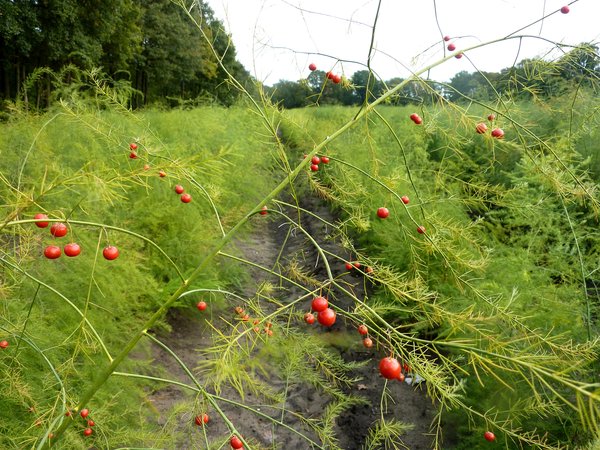
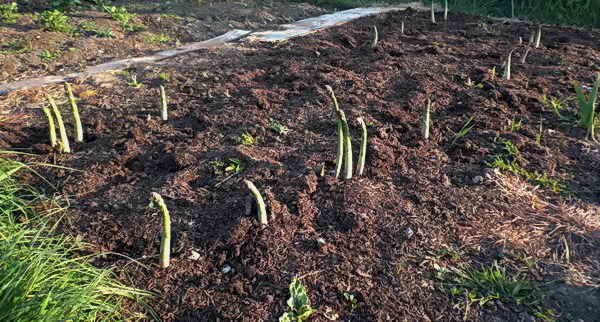
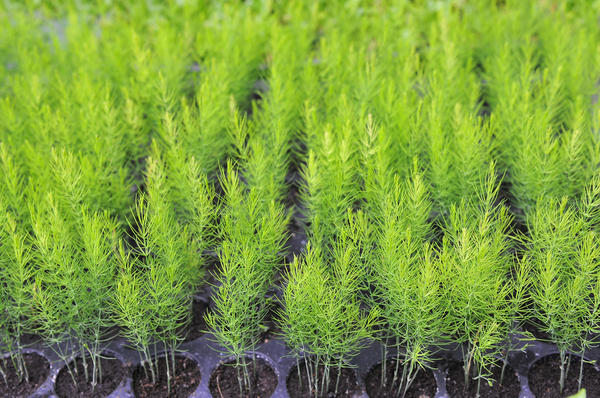
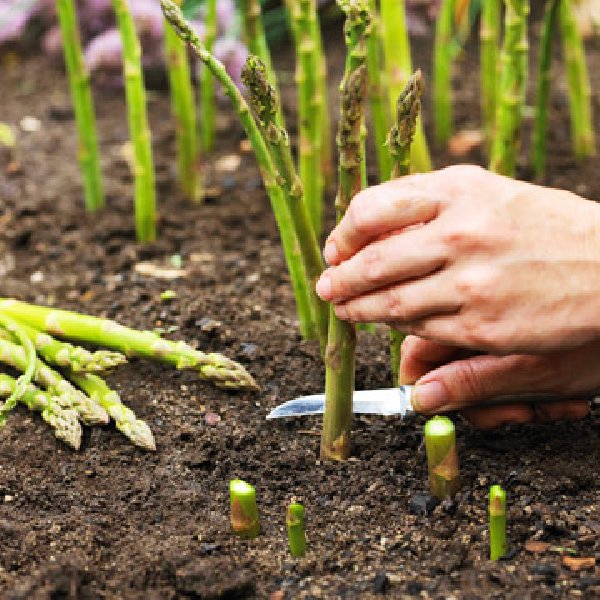
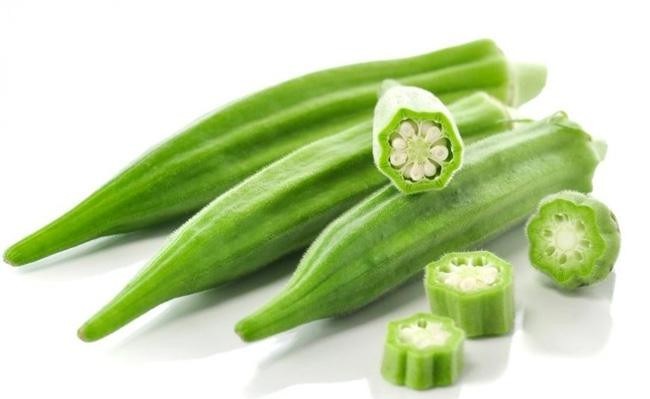
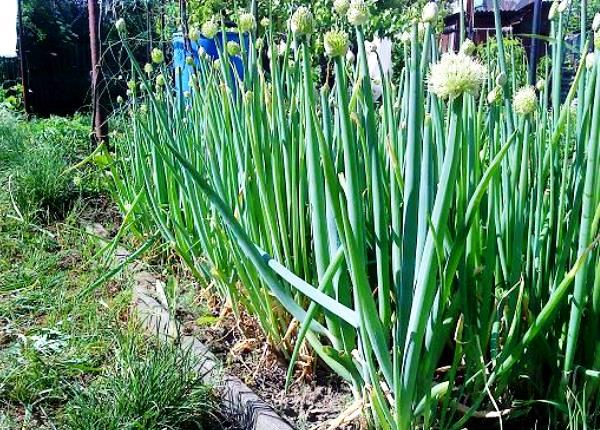
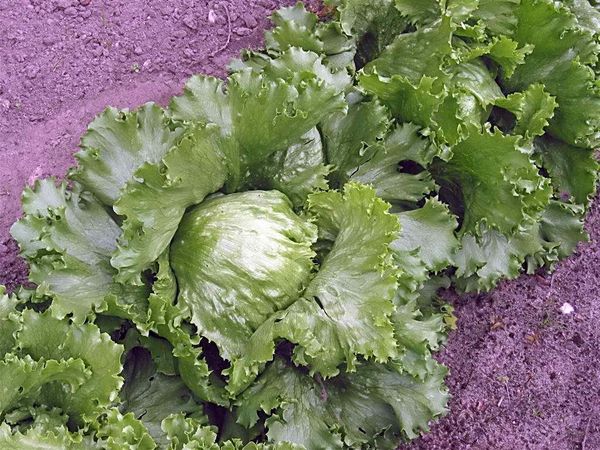
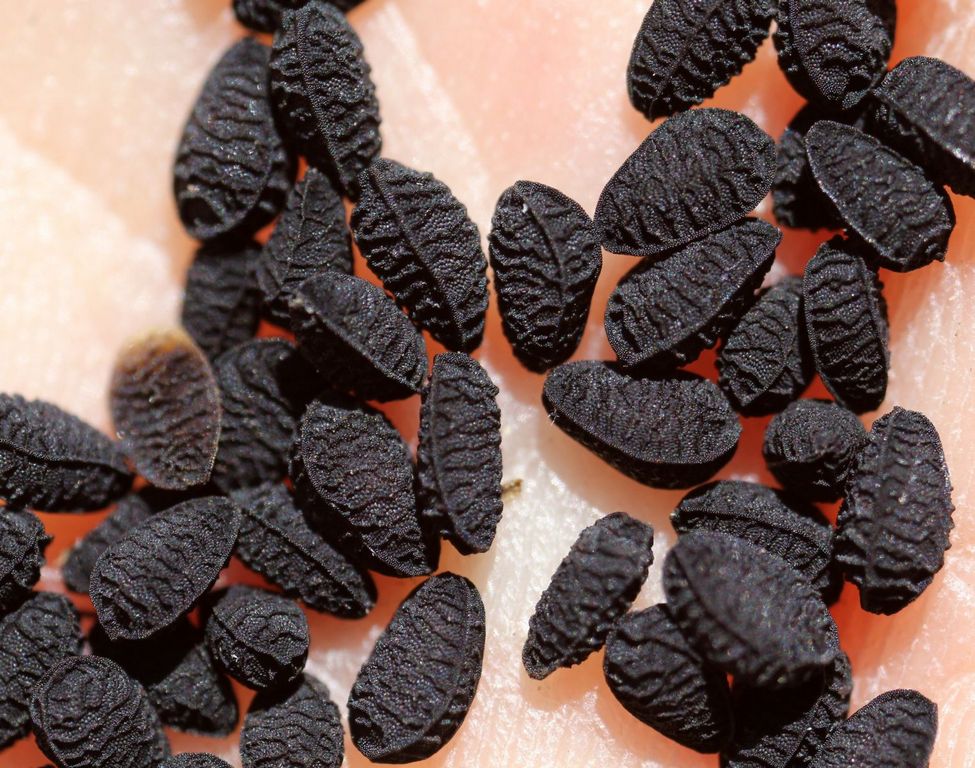
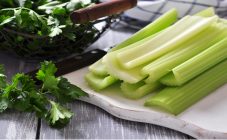
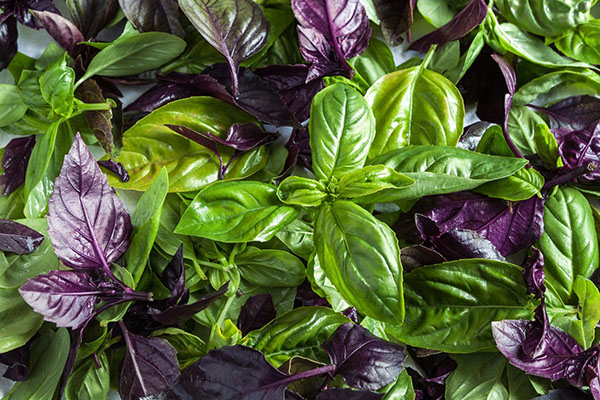







Asparagus is an excellent high-vitamin delicacy, it is a very early vegetable that helps fight against spring vitamin deficiency!